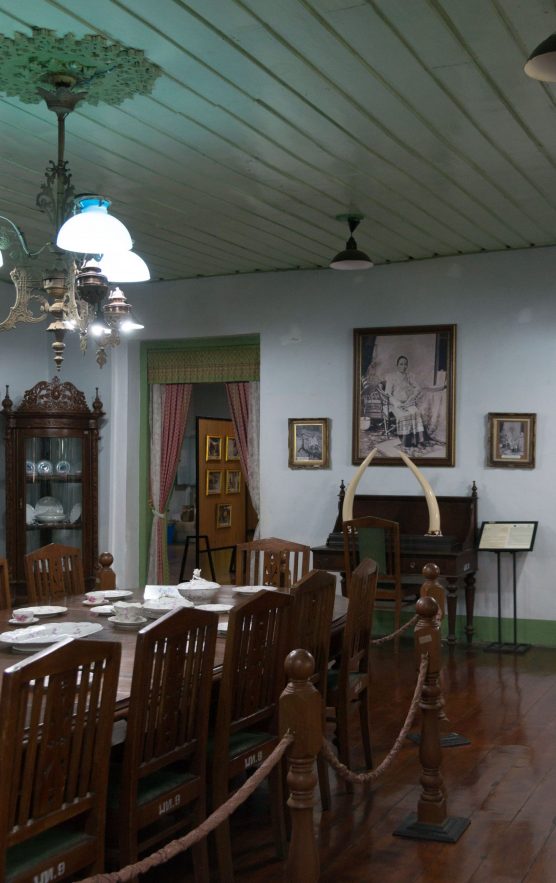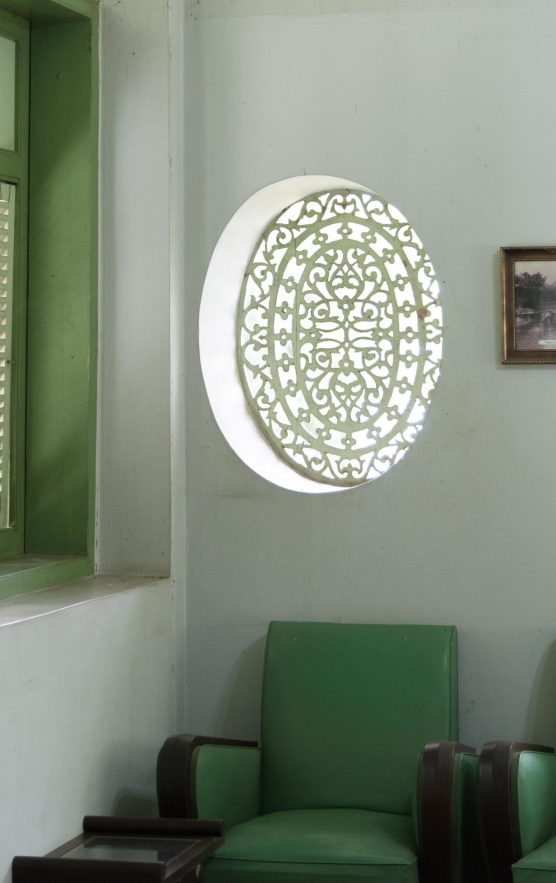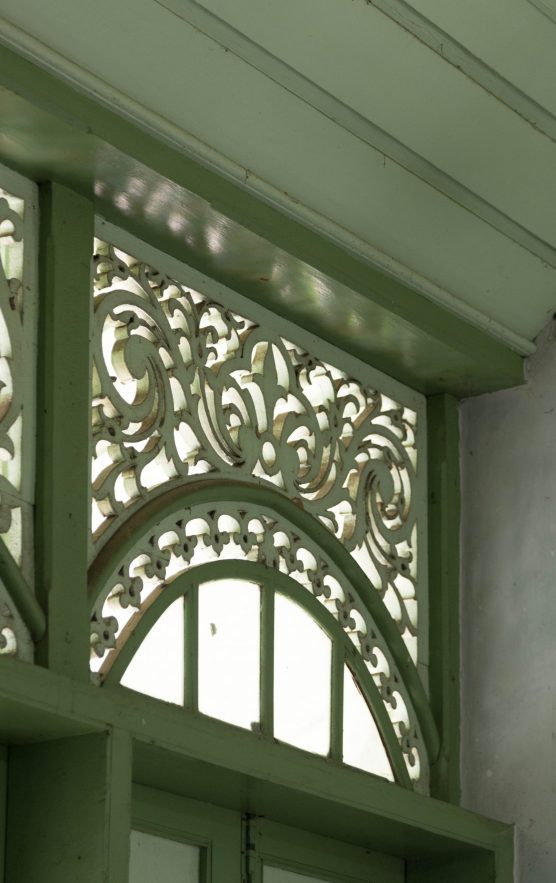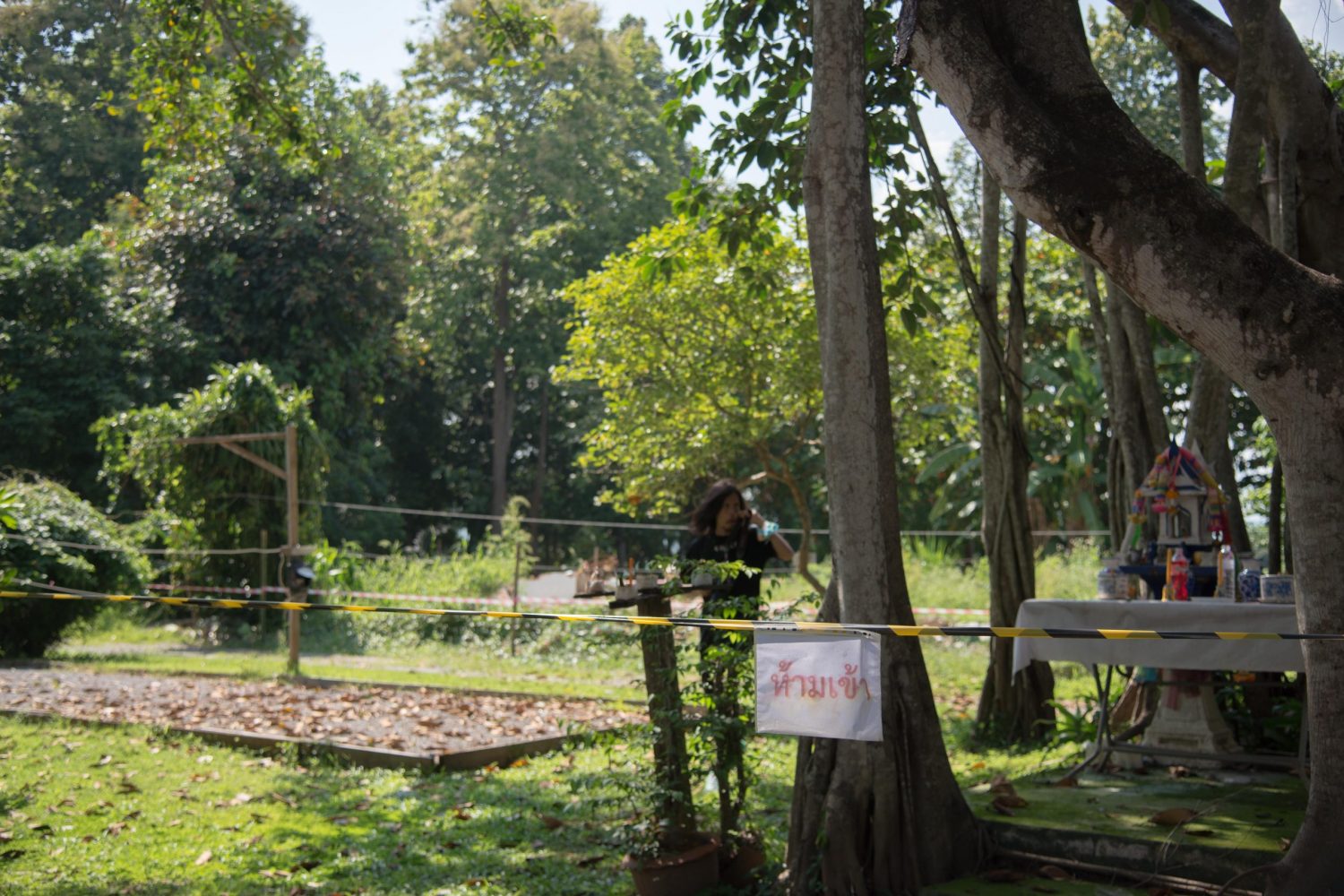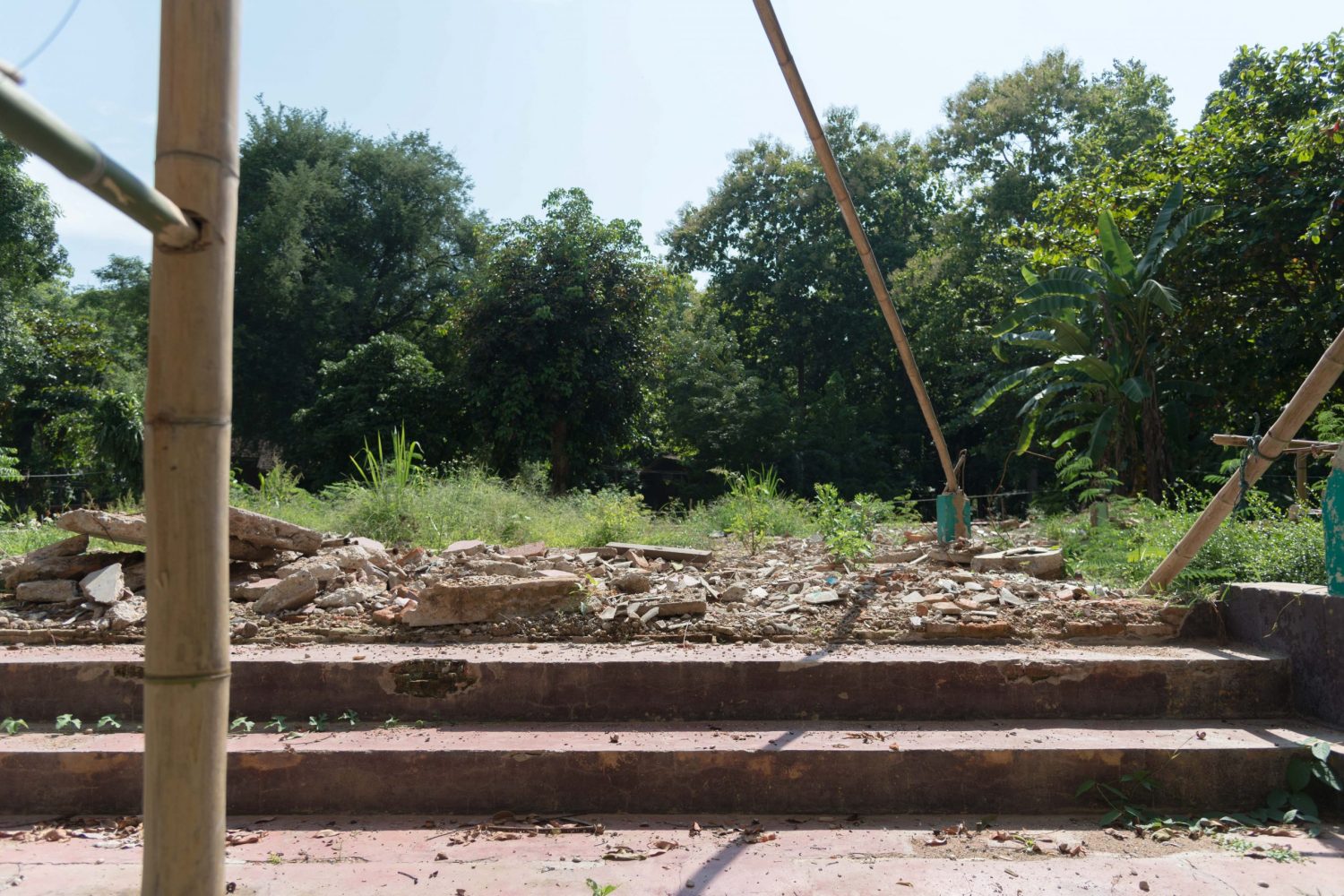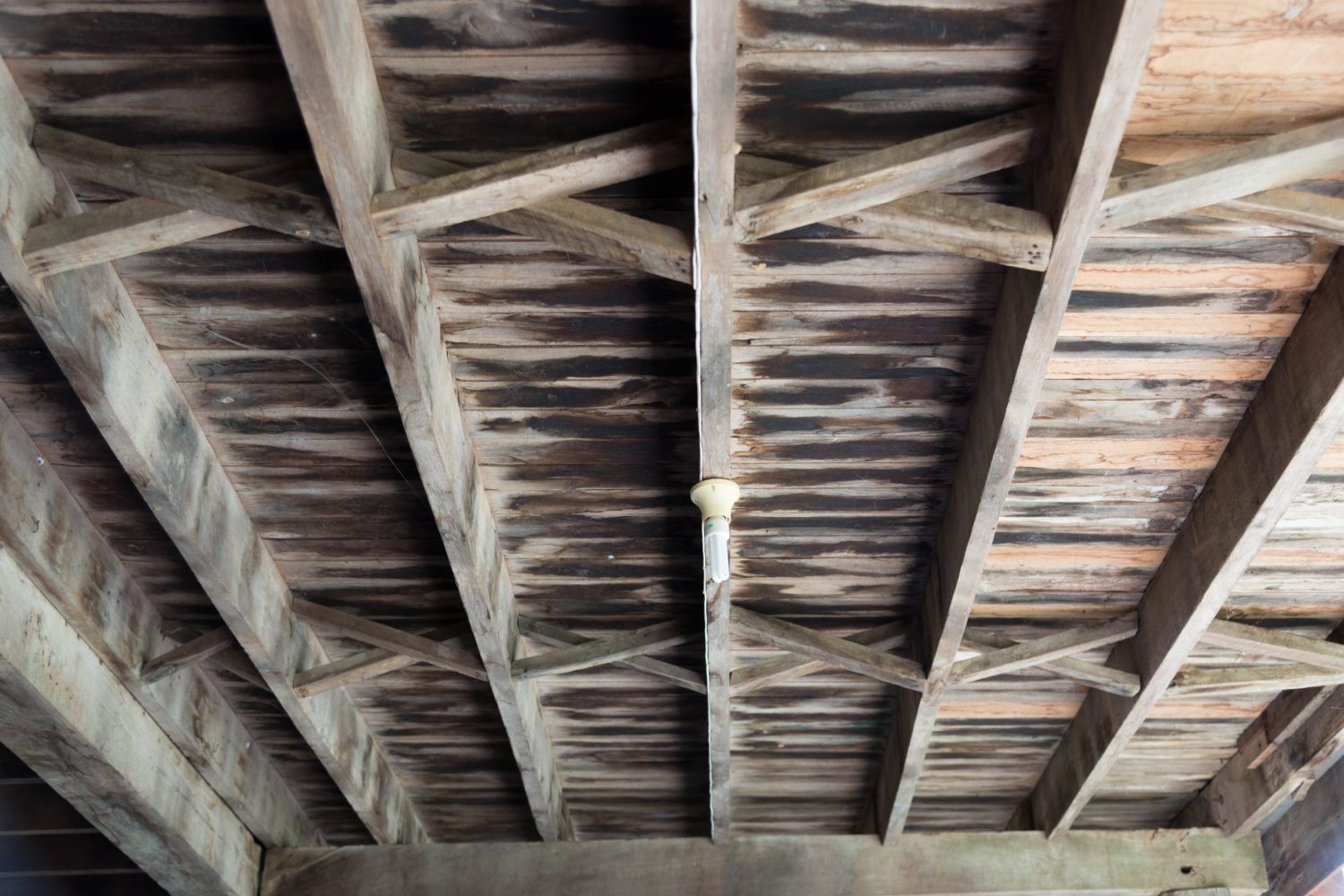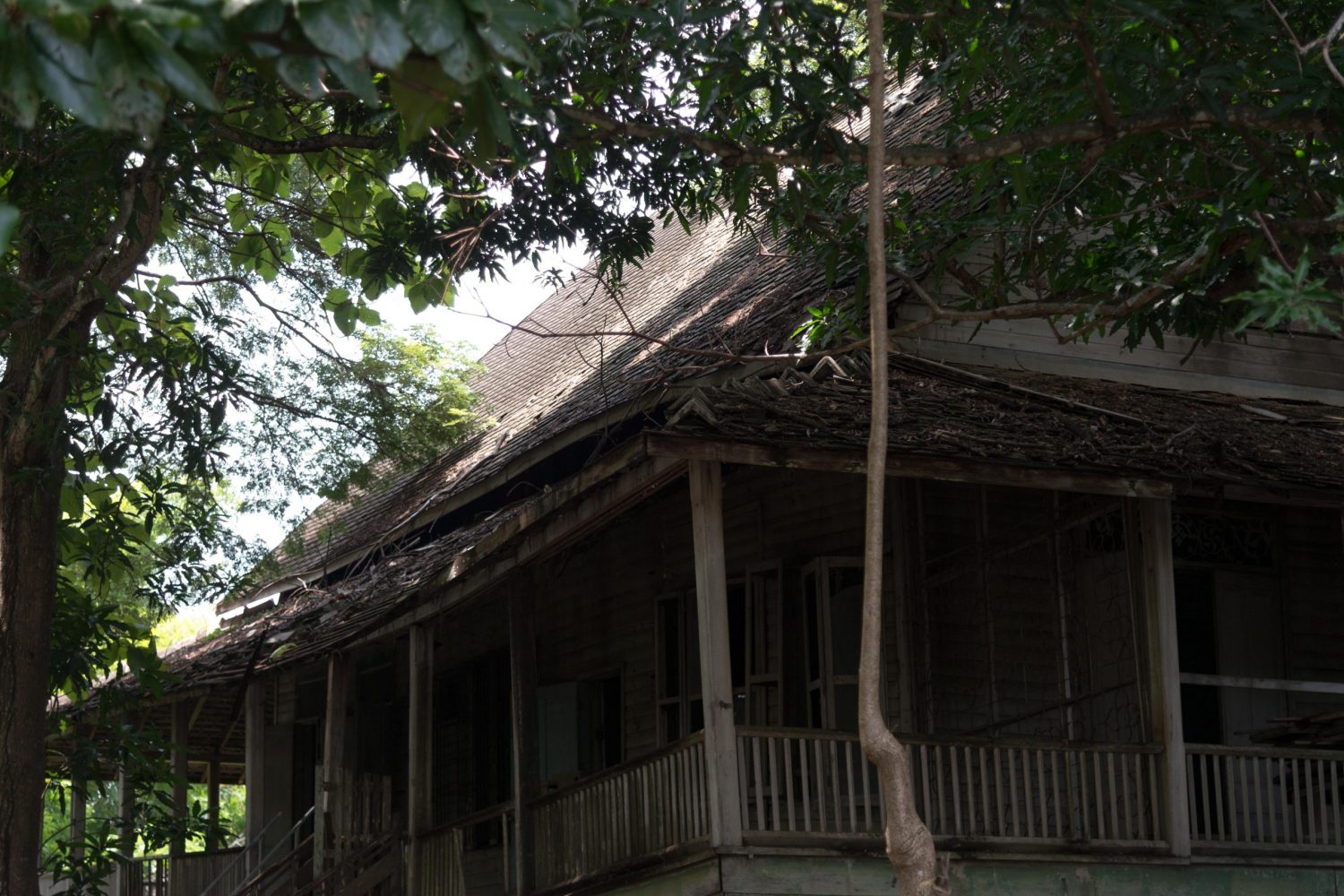ART4D JOIN THE TRIP ‘PHRAE HERITAGE IN ACTION’ TO EXPLORE SEVERAL HISTORICAL BUILDINGS IN THE PROVINCE. THE TRIP TOOK PLACE FOLLOWING THE ACCIDENTAL DEMOLITION OF THE WOODEN STRUCTURE HOME TO THE BOMBAY BURMAH HOUSE
TEXT & PHOTO : NAPAT CHARITBUTRA
(For Thai, press here)
From September 5th to 6th, 2020, NEO, the co-organizer of Architect ’21 Expo and the Association of Siamese Architects under Royal Patronage, invited art4d to join the trip ‘Phrae Heritage in Action’ to explore several historical buildings in the province. The trip took place following the accidental demolition of the wooden structure home to the Office of Phrae Forestry Department (originally the Office of Phrae Regional Forestry), or the Bombay Burmah House.

Naruemon Wongwan, Phrae’s born and raised architect
After the plane landed at Phrae Airport, and everyone filled up their stomachs with some Khao Soi, then the intensive historical and architectural trip finally began. Naruemon Wongwan, Phrae’s born and raised architect, took the lead as the tour guide and started off with a brief history of Phrae, dating back to the city’s early establishment in 1379. The town was built on a conch-shape contour, stretching over the expanse of one square kilometer, proven by the trace of the seven-meter tall city walls whose existence still remains today. They are also ancient city walls, kept with the most pristine condition in the country. The introduction went on the town’s governing history as an independent state that had gone through restless wars with many invaders’ groups, from Khom (Ancient Khmer), Burma, and Siam, that had won and gained sovereignty over Phrae. Despite the changes of its rulers, Phrae had never relocated.

The first stop of the tour was Kum Jao Luang, a palace where Phrae’s ruler resided. The building is now given a new role as a historical museum, showcasing its history through past functionalities and functional spaces, from the underground prison, utensils, old photographs, and some important letters.
“From Thonburi Era onward, Phrae had seen a total of five kings. The last king, Chao Luang Piriyathepawong, who built the place, fled the city after the strike of the Ngiew Rebellion.”
Kum Jao Luang
Apart from the historical snippets, Naruemon told us, which couldn’t be entirely included here in this article, she pointed out the architectural distinctiveness hidden in carving patterns, particularly the hand-carving gingerbread pattern of the house’s openings. The details of erased corners make the architecture of Kum Jao Luang more delicate than other palaces in Phrae. Those who can visit these historical sites may take a closer look at the gingerbread patterns and notice how the details are varied by different owners’ backgrounds, profiles, and social statuses.
Even though the monarchy’s ruling system ceased after the Ngiew Rebellion, the architectural characteristics were still heavily inspired by the ruling class’ architecture due to the deeply embedded feudal system in people’s way of life and sentiment. It explains why the area is home to the largest number of ancient gingerbread houses in the country.

Pattana Saengrueng, a member of the Phrae Old Town Conservation Network and avid learner of the province’s cultural heritage and history
The tour then moved on to the equally ancient Wichairacha House (Kum Wichairacha). Here, we were introduced to Pattana Saengrueng, a member of the Phrae Old Town Conservation Network and avid learner of the province’s cultural heritage and history. “It all began from the 1995 flood. I questioned how the flood was able to hit the city despite the city walls. With further studying, I discovered that it had resulted from the uncoordinated old and current urban plan”, said Pattana before he elaborated about the predecessors’ incredible wisdom in dynamics, encouraging everyone to observe the variations in the size of the wells scattered around the city as we walked in and out of different restaurants, temples, and other establishments. “Inside the city walls, there are 147 wells with sizes varying according to each household’s social status. But you’ll be even more surprised that beyond the city walls, we haven’t discovered a single well.”
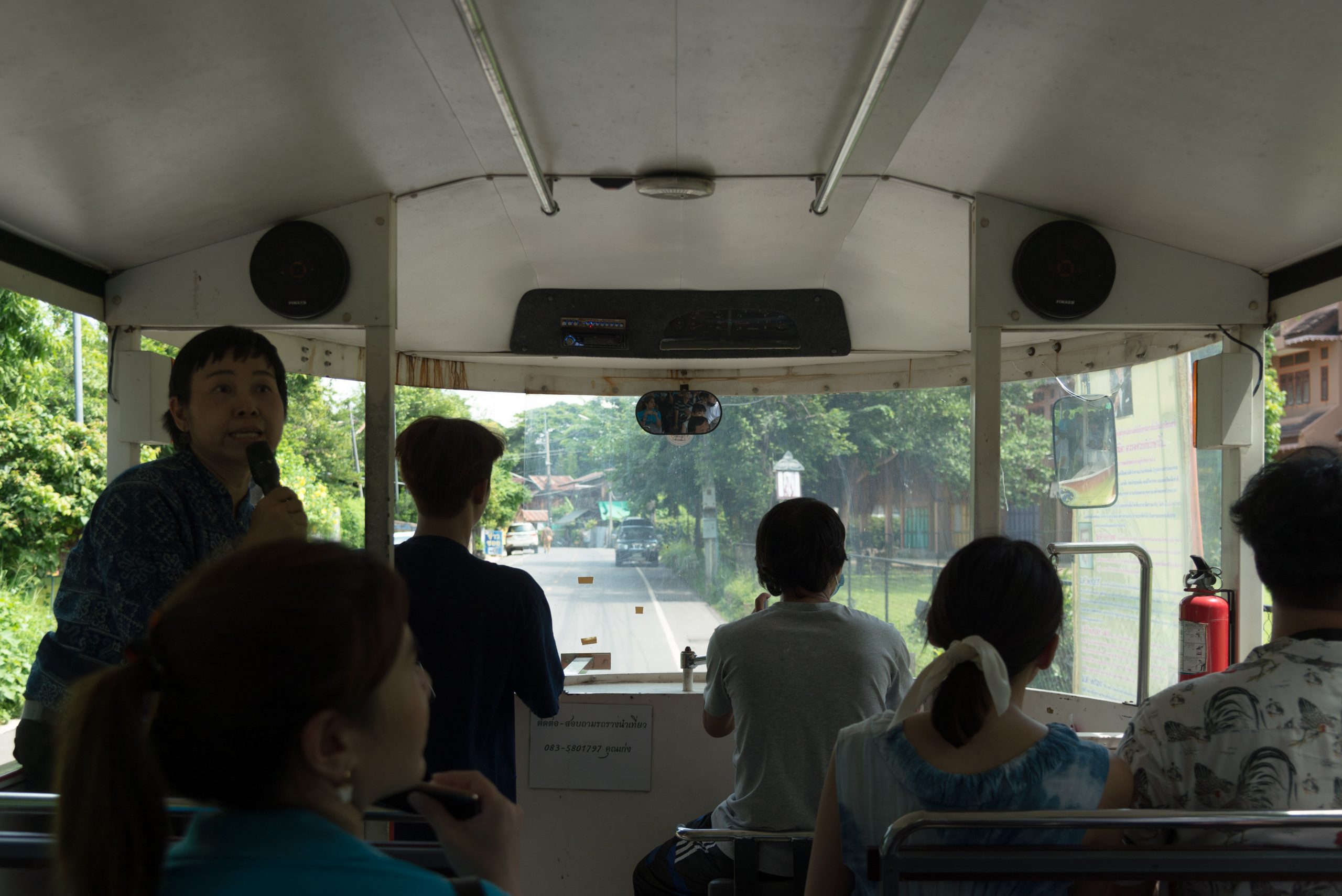
Later in the afternoon, we arrived at the site where Bombay Burmah House was located, inside Chetawan Arboretum, by Yom River. In the past, this area was essential because it was a rest stop where major lumber traders operating timber transportation through rivers gathered. This is where the Forestry Office officers would stamp the logs before they could be further transported along Yom River, heading towards the Chap Phraya River.
“I was born early enough to witness the real thing. Fifty years ago, I was just a child, and I remember crossing to the other side of the Yom River without using the bridge. I could just jump from one log to another. The other side of Yom River was the American missionaries’ settlement in Phrae before it was relocated to the other side of town (currently where Phrae Christian Hospital is located) due to the flood, having destroyed embankment, and changed watercourses. Old missionaries documents indicated the purchase of the land near Chetawan Pier, behind the Bombay Burmah Office, where houses and church would be constructed for the missionaries.” The document confirms the actual existence of Phrae’s history of forestry.

“While the younger generation has never been educated about Phrae’s history, the area has been the venue of several social events. The building became only a backdrop for music in the garden festivals, and people would just hang out by the river.”
As expected, Bombay Burmah House is no longer there. The only trace left behind was the foundation of the house, overgrown with grass.
“Is it possible that perhaps in the past, the real problem was that the general public never realized the historical significance of something they saw in their daily life (music in the garden event was one among many other examples)?” art4d asked the first question to Chana Sumpalung, President of the Association of Siamese Architects, who was also on the trip.
Phrae’s historic Bombay Burmah
After the incident, everyone learned how valuable the building was. Indeed, the building will be brought back but what the association hoped for is more than that. We want the incident to be a case study of the proper architectural conservation process and develop a collaborative model between the government and private sector to conserve all these historical buildings located in different areas of Thailand. More importantly, we want the network of architects in every region to step up and help us educate the general public about the historical significance of these buildings, for example, through an activity such as this one. Once everyone is made aware of how vital these architectural heritages are, we don’t have to wait for the Fine Art Department to take action because everyone can be a part of the conservation now.”
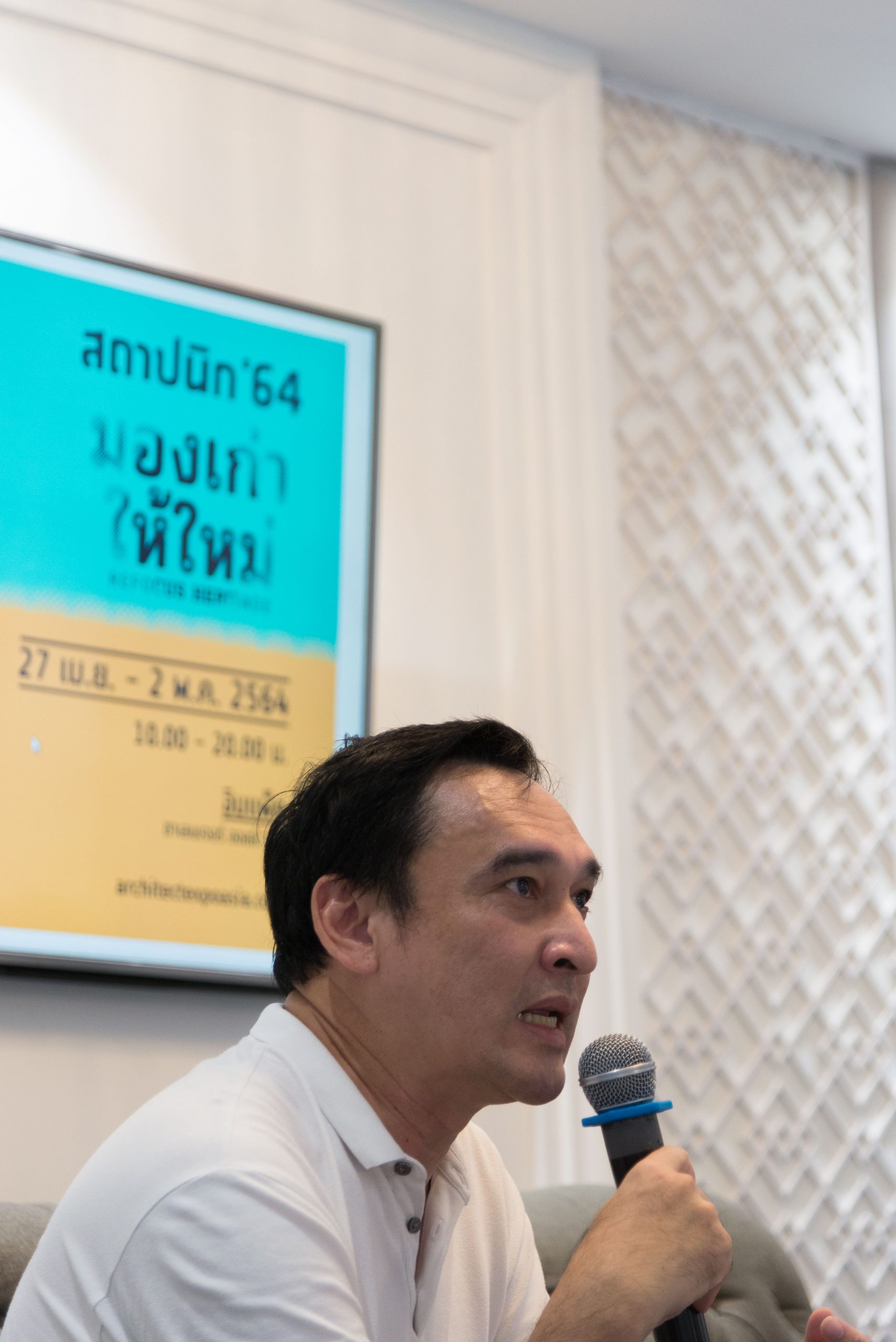
Chana Sumpalung, President of the Association of Siamese Architects
The answer from the ASA’s president explains the origin of this tour. Everyone knew from the beginning that the building was already demolished, but what many of us didn’t know and can learn from being in Phrae this time is the ‘history of the forestry industry,’ which can be dated back to over a century ago, it is another significant chapter of Phrae’s urban history. The arrival of the missionaries and the vaccines and medical knowledge they brought with was indicative of the progressive time when the locals were starting to be more open towards western culture, allowing it to be a part of their way of life where Buddhism, Brahman, and local beliefs closely intertwined. The time also marked the economic heyday of Phrae.
It further leads to the question of whether the historical buildings that represent these stories should be equally conserved and treated to other parts of history, whether it’s the monarchy, religion, or the city walls. In the case of the city wall conservation, the best answer isn’t about the demolition of the East Asiatique’s long-standing executive residence, which happened to located on the city walls and inside the Forestry School, for the sake of city wall conservation. The issue also had us questioning the criteria used to evaluate a site’s historical values/qualifications, which is still heavily based on something as blatantly one-dimensional as ‘a place needs to be over 100 years old’.
Two-Abandoned Wooden Missionary House
The next important issue is the proposal of some novel aspects of conservation, which is also the Refocus Heritage theme of Architect ’64 Expo. Dr. Vasu Poshyanandana, Chairman of the organizing committee, explained that in the big picture, the content of the expo is about expanding the meaning of the word conservation, from ‘maintaining conditions’ to ‘managing,’ which encompasses all possible approaches and methods that can bring historical heritages back, as a part of people’s new way of living. In other words, the association intends to inform the public about the economic aspect of conservation and different approaches to historical heritage management that have been adopted and implemented globally. These approaches enable protection to occur while giving these heritages new roles as well as propelling society and the local economy.
Not only that, ASA’s president’s vision and focus on the word ‘conservation’ extends to the environment. It’s undeniable that architecture is created from the destruction of other things, from stone, wood, to the surrounding environment contaminated with construction dust and debris. “So why do we need to keep building new buildings when there is plenty of interesting architecture that currently exists,” said Chana, who further added. “Everyone may think that the Refocus Heritage theme would be about showcasing old buildings, but we actually want people to focus more on the proper process of architectural heritage management.”
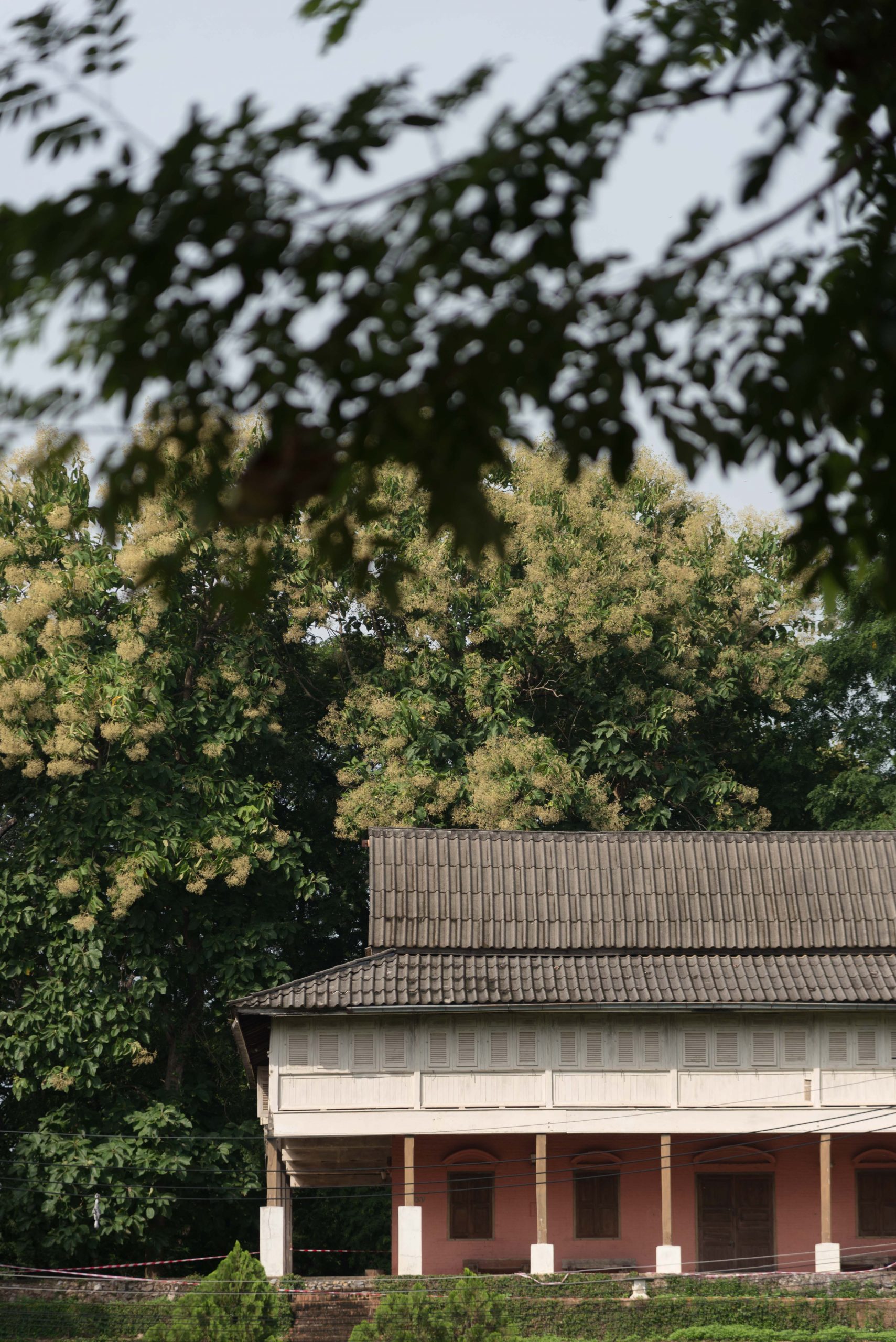
East Asiatique Building
Today, Phrae is a town with residents who are now aware and driven to plan and do something with the city’s historical heritage. Looking beyond the present, this round of awareness can potentially help resolve one of the province’s most crucial issues like the decrease of population. Before 1997, 500,000 people were residing in Phrae, while the current number dropped to 400,000. When everyone is aware of the potential of their own hometown to further develop, Phrae has seen an exciting growth of its café culture with over 100 new establishments opening (some are now forced to close down due to the COVID-19 pandemic). The young generation graduates have returned home to start their own businesses and bringing with them is marketing, design, and creative know-how, which will ultimately help move the existing local assets forward.
Architect ’21 Expo: Refocus Heritage will take place from April 27th – May, 2nd 2020. It remains to be seen how the Phrae model will cause a ripple effect in architectural conservation like everyone is hoping for.


